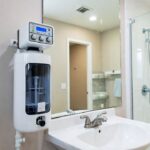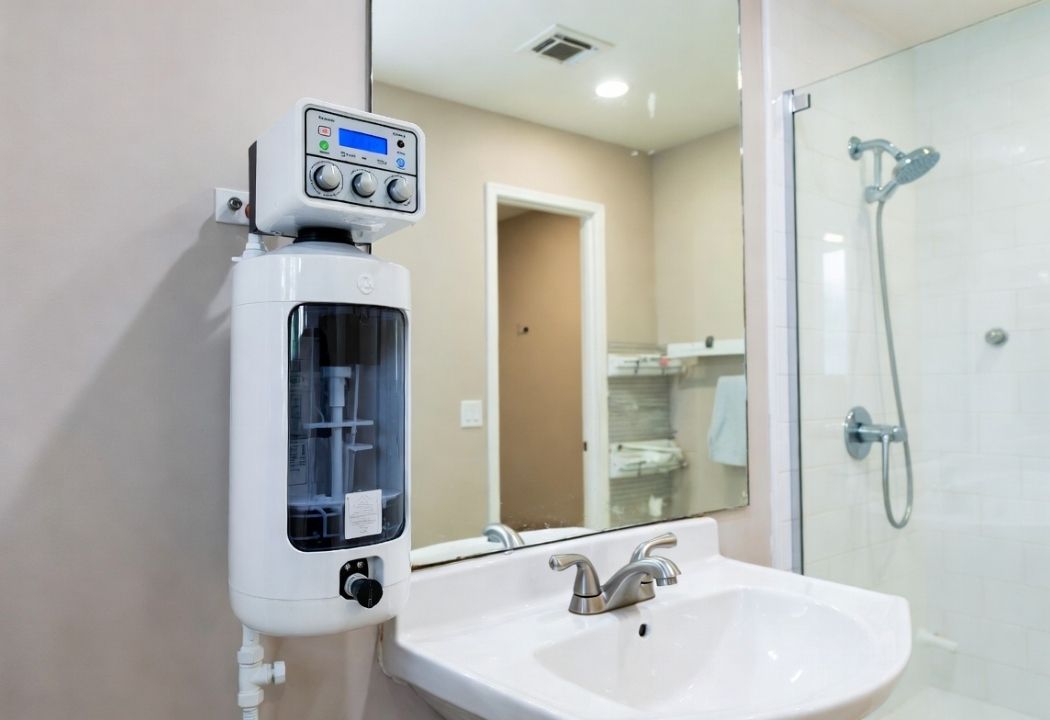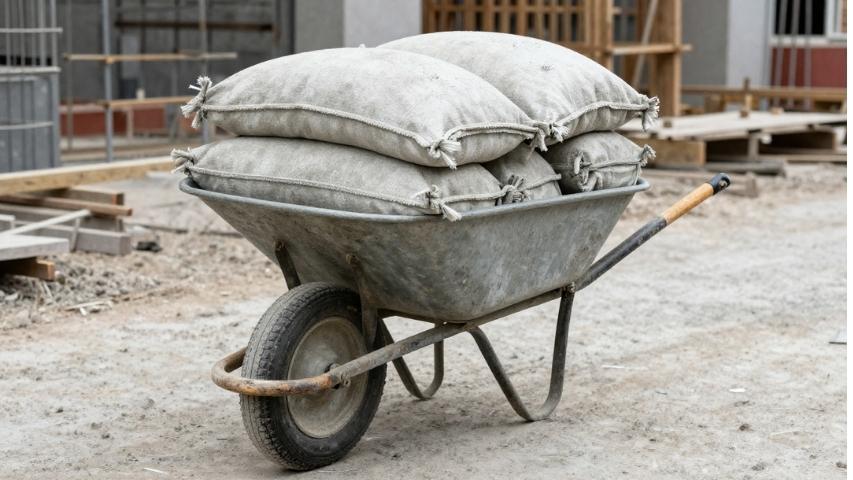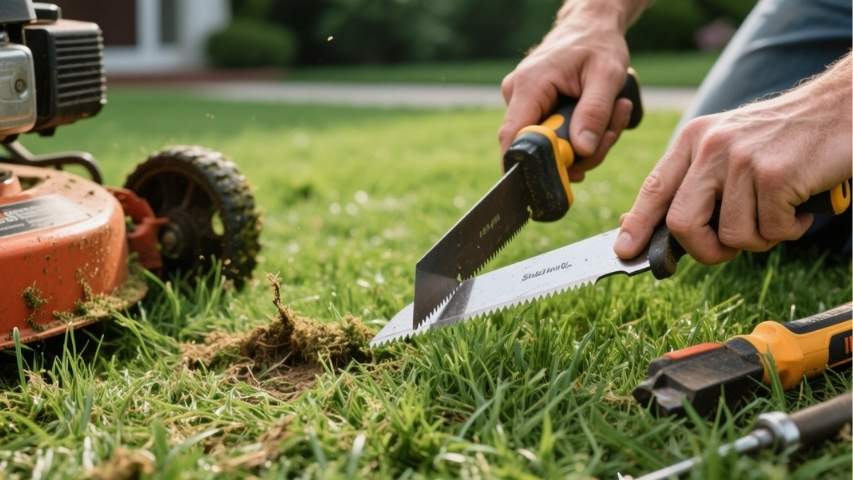Are you interested in how specialized sex furniture can add something new to your intimate life? If you’ve looked into erotic equipment, you might have heard of a milking table. This furniture is made to enhance certain sexual activities by giving better access and opening up new ways to enjoy pleasure.
A milking table is set up for activities like oral sex, hand jobs, and other types of stimulation for people with a penis. It creates strong, focused sensations that are hard to get in other positions. This guide will explain what a milking table is, its benefits, and how you can use one to try new things in your sex life.
What is a Milking Table?
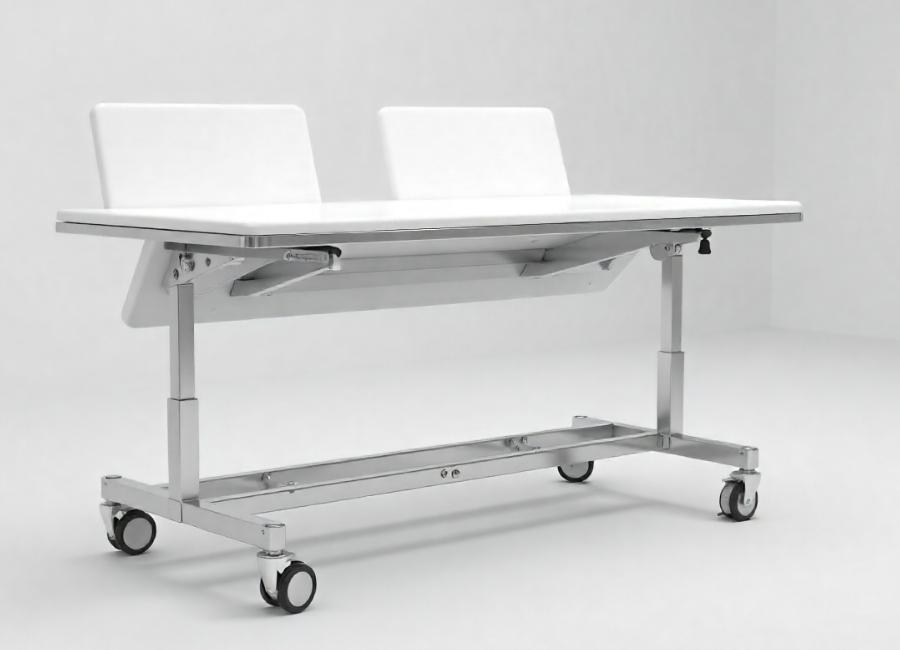
A milking Table is a piece of sex furniture, typically resembling a bench or a low Table, with a specific design feature: a cut-out or U-shaped gap at one end. This opening is purposefully designed to allow a person with a penis to lie on their back with their genitals exposed and accessible from underneath.
This unique construction enables a partner, or partners, to sit or kneel below and have direct, unobstructed access to the penis and scrotum. The person on the Table, often called the “receiver,” can relax completely and focus entirely on the sensations being provided. The design is engineered to facilitate a variety of sexual activities, often associated with BDSM and kink communities, but its use is not limited to them. These tables can be made from various materials, from sturdy wood to clinical-looking metal, and often come with options for customization to suit different preferences and play styles.
How Does a Milking Table Work?
The individual lies on the Table so that their hips align with the hole, letting their genitals hang freely below. A partner positions themselves beneath or beside the Table to provide stimulation, resulting in intense, focused sensations. The Table’s setup can heighten excitement by introducing elements of anticipation, restricted movement, and novelty.
The Benefits of Using a Milking Table
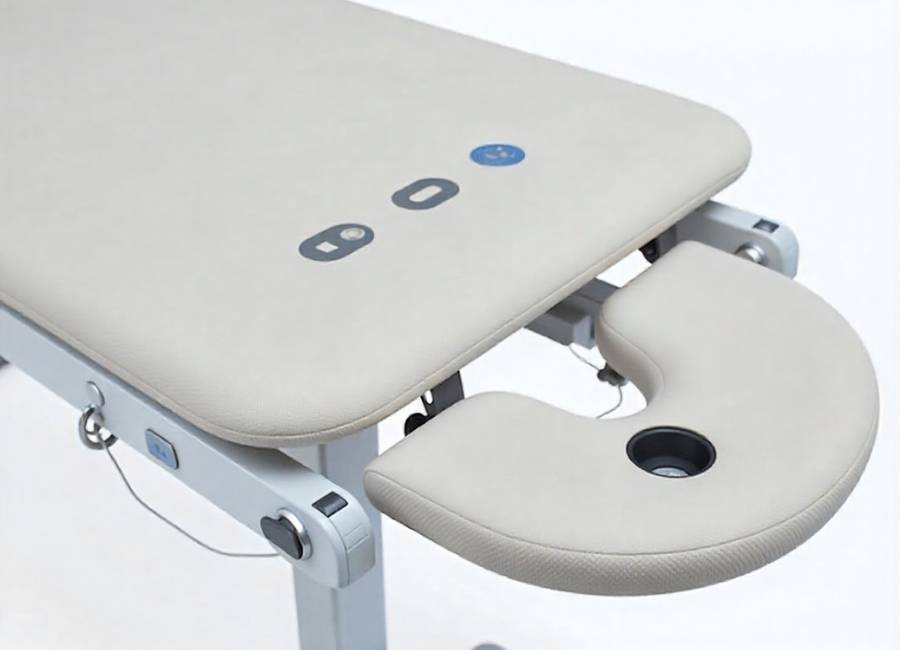
Why consider buying this kind of furniture? It can give you stronger physical sensations and new ways to explore psychological play.
Unrestricted Access and Unique Angles
The main benefit of a milking table is the special access it gives. For the person giving pleasure, it removes the need for awkward positions or straining your neck during oral sex or hand jobs. This means you can have longer, more comfortable sessions and use both hands easily. The angle also gives the receiver a new kind of sensation during oral sex.
Heightened and Focused Sensations
For the person at the Table, the experience is intensely focused. By lying down, they can fully surrender to the sensations without the distraction of supporting their own body weight or managing a specific position. This passive state can lead to a more profound and immersive experience. Some users report that the position, which often involves a slight elevation of the hips, can contribute to stronger, more powerful orgasms and potentially greater ejaculation volume compared to more conventional positions. (Milking Table – Popstar Labs, n.d.)
Opportunities for Bondage and Power Exchange
Milking tables are popular in the BDSM community because they set up a clear power dynamic and often have features for bondage. (BDSM Milking & Bondage Table, n.d.) Many have built-in spots for restraints like cuffs, straps, or hooks. (Extreme Bondage Milking Table – Foldable, 20 D-Rings, 600 lb Cap, n.d.) This lets the receiver be safely secured, adding vulnerability and power exchange. The giver controls the stimulation, which works well for role-playing with dominance and submission.
Versatility for Different Scenarios
Even though the name hints at one main use, milking tables are actually very versatile. They can be used for more than just one-on-one encounters. In group settings, several partners can join in to pleasure the receiver at the same time. You can also use them for things like erotic massage, sensory play, or as a prop in role-playing scenes.
How to Use a Milking Table: A Step-by-Step Guide

Using a milking table is simple, but getting ready ahead of time helps make the experience safer and more enjoyable for everyone.
Step 1: Set the Scene
The first and most important step is to talk openly. Share your desires, boundaries, and expectations with your partner or partners. If you plan to use restraints, agree on a safeword or signal to pause or stop at any time. Make sure the space is comfortable, clean, and has everything you need close by, like lubricant, toys, and water.
Step 2: Get into Position
The receiver lies on their back on the table, making sure their genitals go through the cut-out. If you’re using restraints, this is when to put them on. Make sure they’re snug but not too tight, so they don’t cut off circulation or cause pain. Add pillows or cushions to support the receiver’s head and back, especially if you’ll be there for a while.
Step 3: Begin Stimulation
Now the giver can get under the table. From this spot, there are lots of ways to give pleasure:
- Oral Sex: The angle allows for deep and varied stimulation without causing neck strain.
- Handjobs: With both hands free, the giver can stimulate the penis and testicles simultaneously or incorporate sex toys.
- Group Play: Multiple partners can join in, offering a combination of sensations from different people at once.
- Edging: The controlled environment is perfect for “edging,” which involves bringing the receiver close to orgasm repeatedly before finally allowing release. This can lead to a more intense climax.
Step 4: Aftercare
After you’re done, aftercare is very important, especially if things got intense or involved BDSM. Take off any restraints and help the receiver sit up slowly, since they might feel dizzy. Spend some time cuddling, talking, or just relaxing together. Drink some water and check in with each other to make sure everyone feels safe, respected, and good about what happened.
Is a Milking Table Right for You?
Milking tables can be expensive, with good ones costing from a few hundred to several thousand dollars. Before you buy one, think about whether it fits your sexual interests.
You might enjoy a milking Table if:
- You and your partner(s) are interested in exploring power dynamics and BDSM.
- You are looking for new ways to experience oral sex and manual stimulation.
- You enjoy the idea of surrendering control and focusing purely on sensation.
- You have the space to accommodate a large, specialized piece of furniture.
If you’re not sure, you can try out the general position using furniture you already have to see if you like it. Still, real milking tables are safer and more stable than makeshift setups. (How to Make a Milking Table? Read This Before You Build One, 2023)
Explore New Horizons of Pleasure
A milking table is more than just sex furniture. It’s a way to explore, connect, and enjoy stronger pleasure. It gives you a new way to try different kinds of stimulation, power dynamics, and role-play. By changing up familiar activities, it can bring new energy to your sex life and help you discover things you might not have tried before.
If you want to try something new in your sex life, a milking table could be just what you need.

